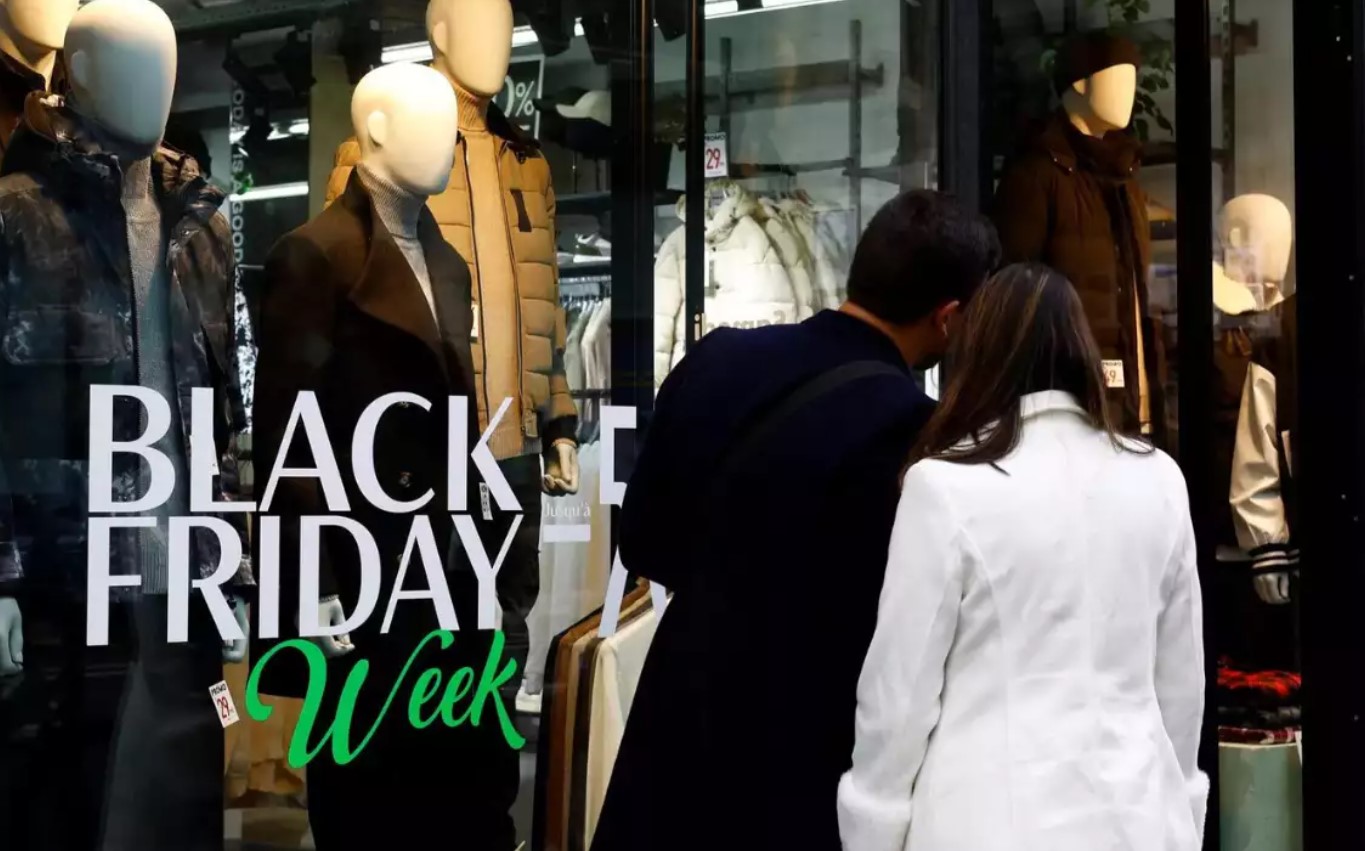Black Friday, the day after Thanksgiving, is traditionally the biggest shopping day of the year in the US. Retailers offer deep discounts to attract customers and boost their sales. This year, Black Friday falls on November 24, 2023, and many stores are expected to open as early as 5 a.m. or even midnight.

However, some analysts and retailers have warned that this year’s Black Friday may not be as strong as previous years, due to several factors that are affecting consumer spending and confidence. These include:
- Inflation: The US consumer price index rose 6.2% in October from a year ago, the highest annual increase since 1990. This means that many goods and services are more expensive than before, and shoppers have less purchasing power.
- Supply chain disruptions: The global pandemic and other events have caused delays and shortages of many products, from toys and electronics to clothing and furniture. This has led to higher prices and lower availability of some items, especially those imported from overseas.
- Covid-19 variants: Although vaccination rates have improved and Covid-19 cases have declined in the US, the emergence of new variants such as Omicron poses a potential threat to public health and economic recovery. Some consumers may still be wary of shopping in crowded places or traveling for the holidays.
- Competition from other categories: As the pandemic restrictions ease, many consumers are spending more on travel, entertainment, dining out, and other experiences, rather than on physical goods. This may reduce the demand for some retail categories, especially those that saw a surge in sales last year, such as home improvement, fitness, and gaming.
Retailers offer early and steep discounts to lure shoppers
To cope with these challenges, many retailers have started offering discounts and promotions earlier and more aggressively than usual, hoping to capture the attention and wallets of shoppers. Some of the strategies that retailers have adopted include:
- Extending the sales period: Instead of limiting the discounts to one day or one weekend, many retailers have launched their Black Friday deals weeks or even months in advance, and plan to continue them until Christmas or beyond. For example, Walmart started its Black Friday deals on November 3, and Target began its holiday sales on October 31.
- Increasing the discounts: According to a report by CNBC, the average discount offered by retailers this year is 37%, compared to 33% last year and 31% in 2019. Some of the categories that have seen the biggest discounts are apparel, footwear, jewelry, and beauty products.
- Offering free shipping and returns: To compete with online giants like Amazon, many retailers have waived or lowered their minimum purchase requirements for free shipping, and extended their return policies. For example, Macy’s is offering free shipping on orders of $25 or more, and Kohl’s is allowing returns until January 31, 2024.
- Enhancing the online and omnichannel experience: To cater to the growing number of online and mobile shoppers, many retailers have invested in improving their websites, apps, and social media platforms, and offering features such as curbside pickup, same-day delivery, and buy online, pick up in store (BOPIS). For example, Best Buy is offering free next-day delivery on thousands of items, and Nordstrom is offering free gift wrapping and personal stylists.
Shoppers may get even better deals closer to Christmas
Despite these efforts, some analysts and shoppers are not convinced that the best deals are available now. They believe that retailers may have overestimated the demand and inventory levels, and may have to slash their prices even further as Christmas approaches, to clear their excess stock and meet their sales targets.
According to a survey by Salesforce, 57% of US shoppers said they plan to wait until December to do most of their holiday shopping, and 44% said they expect to find better deals later in the season. Another survey by Deloitte found that 39% of US shoppers said they will wait for better prices or promotions before buying.
This means that shoppers who are willing to wait and be patient may get even bigger discounts in the coming weeks, especially on items that are not in high demand or short supply. However, they also run the risk of missing out on popular or limited items, or facing delivery delays or cancellations.
Therefore, shoppers who are looking for the best deals this holiday season may have to balance their budget, preferences, and timing, and be flexible and strategic in their shopping decisions.







